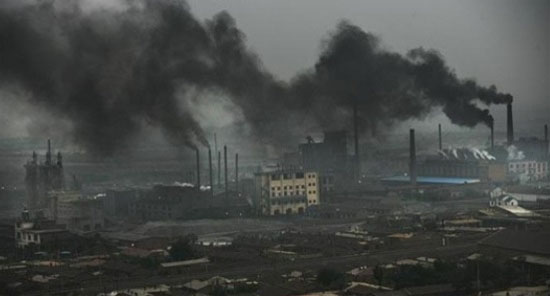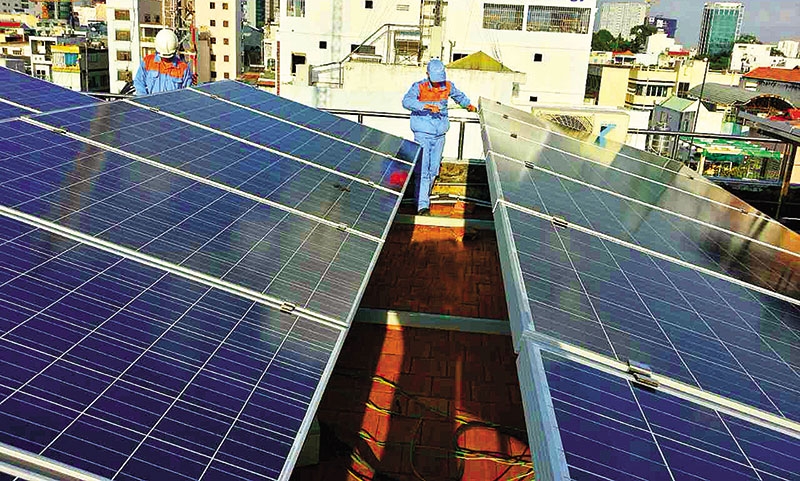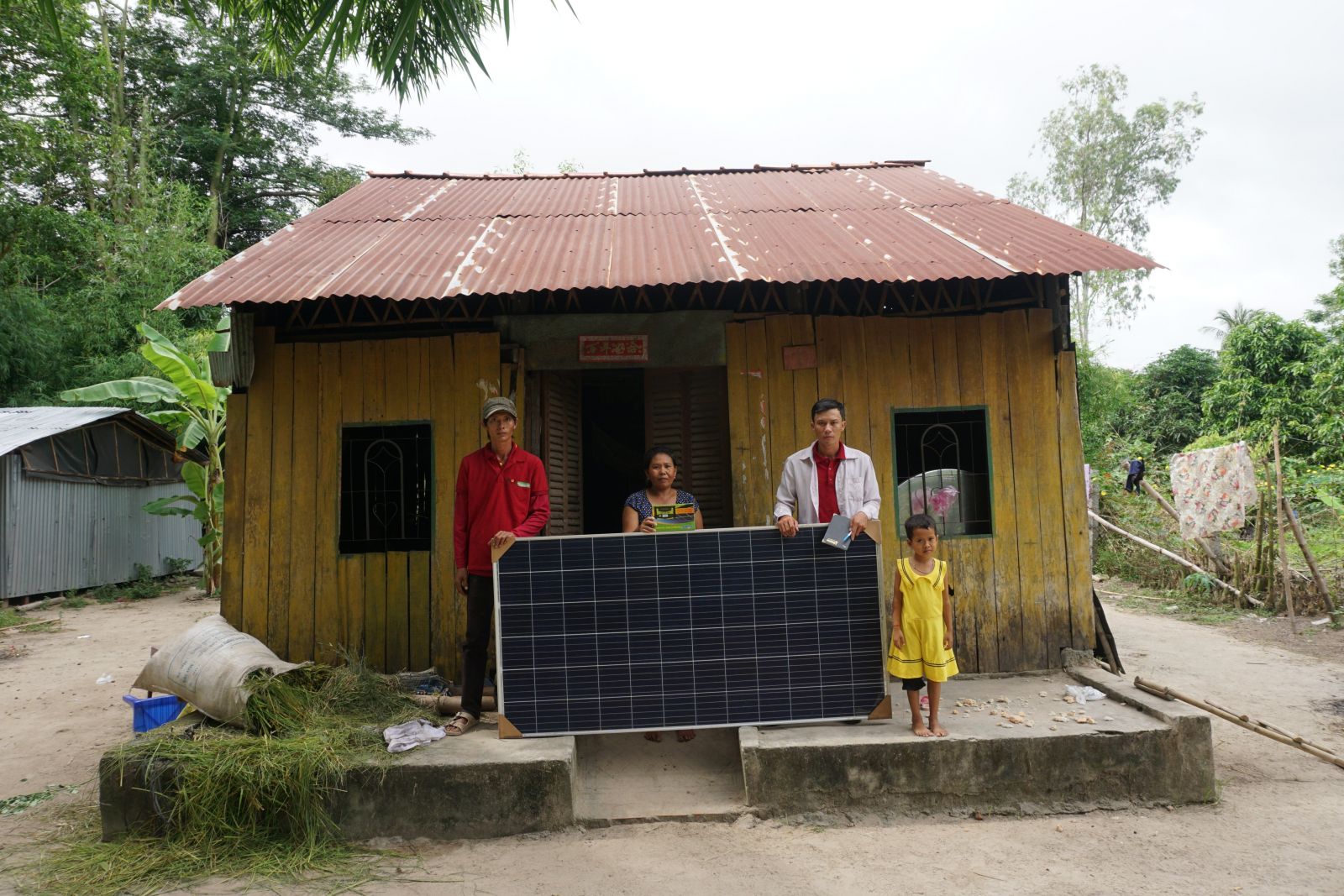
Letter of Recommendation of 3 Alliances for the draft of PDP8: Vietnam Sustainable Energy Alliance (VSEA), Vietnam Non-Communicable Diseases Prevention and Control Alliance (NCDs-VN) and Vietnam Rivers Network (VRN)
LETTER OF RECOMMENDATION
| Sincerely to: |
Mr. Tran Tuan Anh – Head of Central Economic Committee, Minister of Industry and Trade; Mr. Dang Hoang An – Deputy Minister of Industry and Trade; Mr. Hoang Tien Dung – Director General of Electricity and Renewable Energy Authority |
Vietnam Sustainable Energy Alliance (VSEA), Vietnam Non-Communicable Diseases Prevention and Control Alliance (NCDs-VN) and Vietnam Rivers Network (VRN) consist of scientific institutions in the fields of energy, health care, environment, medical, communication. We pay close attention to the designing of the National Power Development Plan in the period 2021-2030, with a vision to 2045 (PDP VIII) by Ministry of Industry and Trade. Therefore, on September 28th, 2020, we sent our letter of recommendation to the Ministry of Industry and Trade to provide feedbacks on the initial draft of PDP VIII. On February 22nd, 2021 the official draft of PDP VIII was posted by the Ministry of Industry and Trade to their website along with the dispatch collecting comments and feedbacks from agencies and departments. After studying the draft, we would like to respectfully send you the following comments and recommendations.
1. The draft demonstrates a trend of slowing down the development of coal power and increasing renewable energy in upcoming periods. However, over the next 10 years (2021-2030), coal power development is still being highly prioritized — with an increasing of 17 GW of coal power being added, as the figure below shows.

We recommend considering the suitability, feasibility and potential risks of new coal power projects in the following aspects:
- The lesson learned on coal power development from previous period (2016-2020) showed this energy source faced many difficulties in raising capital, and local citizens and authorities’ opposition, that led to only 57.6% achievement against target set in PDP VII revised. In the past 5 years, only 7 GW of coal power was in operation, and in 2020 only 1 unit (0.6 GW) was added into the grid. These difficulties will continue in the future, posing risks for coal power project to continue being behind schedule.[1]
- 86% of new coal power capacity uses imported fuels, indicating high reliance on the external supply source, meanwhile importing coal from potential sources named in the draft is predicted to face difficulties, which will impact the national energy security.[2]
- New coal power plants with higher technology do not completely solve the environmental problem, and this technology will be more expensive than developing renewable energy sources.[3]
- Further development of new coal power will place Vietnam in opposite direction of the global trend and efforts of implementing climate-related objectives of the Paris Agreement. To achieve such objectives, all coal power plants across the world should be decommissioned no later than 2040.[4] Coal power plants according to the draft will continue operating until 2050, even through 2070...
- According to the selected scenario of the PDP VIII draft, with the proposed power structure, the total dust emission will increase continuously from 9.5 thousand tons in 2020 to over 42 thousand tons in 2035 (an increase of 4 times). This amount of emissions poses a risk of air pollution, impacts on the ecological environment and public health. These emissions are calculated to come mainly from the new coal power plants in the PDP. In comparing different fuel sources, it shows that the cost of damage related to coal is higher and increases rapidly with the growth rate of this power source.[5]
A recent study by the Centre for Research on Energy and Clean Air (CREA) assesses the impact of coal power plants in 10 provinces that are expected to add new projects under draft PDP VIII, and potential impacts on other provinces across the country. The study shows if 16 new coal power projects (with a total capacity of about 22GW) are built and operated under draft PDP VIII, these projects will cause nearly 1000 premature deaths in Vietnam. The economic costs in healthcare expense, lost economic productivity, and years of lives lost are estimated at 270 million USD annually. Cumulatively over 30-year lifecycle of these projects, the total number of premature deaths is estimated at 46,000 with economic costs amounts to 8 billion USD.[6]
In addition, the draft also indicates that pollutants are dispersed not only in the area where the plants are located, but also by region (for example, Hanoi will be polluted by dust from plants in the Northeastern region).[7] The study above by CREA also shows provinces with coal power plants are only affected by 7%, while about 93% of the impacts from these plants will fall on neighboring provinces/cities nationwide. Hanoi, Ho Chi Minh City, Hai Phong, Dong Nai, and Binh Duong are the most affected areas.[8]
- In provinces with coal power plants (such as Binh Thuan, Nghe An, Ha Tinh, Hai Duong…) due to pollution, citizens file complaints and hold long protests, leading to internal conflicts.
2. Renewable energy is not prioritized in the next 10 years and breakthrough solutions are hardly implemented
2.1. Total renewable energy capacity (solar and wind) is being underutilized comparing to their potential: only 4-5% in 2030, and 13-16% in 2045
2.2. Some types of renewable energy have advantages in decreasing cost[9] and breakthrough solutions are not incorporated in the next 10 years, specifically:
Solar: very little development, only about 2 GW solar power is put into operation in the next 10 years

- Solar power in combination with agriculture: not considered and no mechanism to encourage this model
- Offshore wind power: not yet developed in 2021-2025
- Battery storage: not yet developed in this period
3. Implementing mechanism of PDP VIII
• There is no specific plan to raise capital
- To acquire approximately 13 billion USD/year, according to expert’s calculation domestic corporation capacity for acquiring capital is about 3 billion USD/year. 77% the rest must be raised from foreign investment, domestic enterprises and households. Currently, governments, investors, financial institutions and non-financial institutions have been divesting their capital away from coal power, and domestic private businesses do not have the ability to invest in big projects. As a result, the possibility to raise capital to develop coal power projects is very low, and there is a high risk in depending on China as the only source of capital.[10] This is not consistent with the spirit of Resolution No. 50-NQ/TW in 2019 by Politburo. Meanwhile, solar power is a distributed source of energy, can be developed on small scale, which is easier for mobilizing social resources. In addition, the shift of investment into renewable energy is a global trend; Vietnam needs to seize this opportunity.
• The proposal to consider granting government guarantees for BOT projects is not reasonable
- Although Vietnam’s public debt ceiling has decreased, the country’s macro balance is still weak, for example, there are not enough contingency budgets for natural disasters, the balance of import-export, unresolved issues with high-cost projects…. Especially in the ongoing Covid epidemic, the protection of citizens’ health is a priority. These should be priorities for government to invest their resources instead of provisioning budget for BOT projects that are potentially risky.
4. Some information and data in the explanatory report and appendix are incoherent. Specifically, the coal power capacity in 2030 in appendix 9.5A (page 61-62) is about 7GW higher in comparison with the number in explanatory report (page 831-832). Additionally, proposals for projects Hai Phong 3, Quang Ninh 3, Quynh Lap 1&2 have discrepancy with the conclusion of the explanatory report (page 834) and appendix 9.5A. We recommend the Ministry of Industry and Trade to review and explain these contents.
Based on the Planning Law, Reception of Citizens Law and above analyses, we recommend the Ministry of Industry and Trade to not develop any new coal power projects, especially in the next 10 years period, and instead prioritize development of renewable energy, especially distributed solar power and wind power.
We look forward to receiving your feedbacks on our recommendation letter in the next 10 days.
Best regards./.
-------------------------
Contact information:
Vietnam Sustainable Energy Alliance (VSEA)
Green Innovation and Development Centre (GreenID)
Address: C1X3, Alley 6, Tran Huu Duc street, Nam Tu Liem district, Hanoi
Ms. Nguyen Thi Hang – VSEA Coordinator
Phone: 098 4649 567 | Email: nthang@greenidvietnam.org.vn
[1] Explanatory report of Draft National Power Development Plan in the period 2021-2030, with a vision to 2045. Page 90-94.
[2] Explanatory report of Draft National Power Development Plan in the period 2021-2030, with a vision to 2045. Page 135.
Countries that are being identified as Vietnam’s coal import include: Australia, Indonesia, Russia, South Africa. However, the ability to import large and long-term coal from these countries is difficult. In terms of Australia and Indonesia, this market has been divided and the shares are held by Japan, South Korea, China, Taiwan, and India. On South Africa, this country does not have clear policies on exporting coal and their infrastructure is underdeveloped. Regarding Russia, the investment situation is very complicated, and the mining area is far away from seaports, so the transportation costs are expensive. The railroad system is also limited, restricting the ability to expand exports.
[3]GreenID. Policy recommendation “Reduction of air pollution cannot rely on ‘clean’ coal technology”. 2020. Accessed at: https://bit.ly/2Pp2A67
[4] Climate Analytics. Report “Global and regional coal phase-out requirements of the Paris Agreement: Insights from the IPCC Special Report on 1.5°C”. September, 2019. Accessed at: https://climateanalytics.org/briefings/coalphase-out/
[5] Explanatory report of Draft National Power Development Plan in the period 2021-2030, with a vision to 2045. Page 766-772
[6] “Air Quality, Health & Toxic impacts of proposed coal power in Vietnam’s Power Development Plan 8” conducted by Centre for Research on Energy and Clean Air (CREA) in March 2021.
[7] Explanatory report of Draft National Power Development Plan in the period 2021-2030, with a vision to 2045. Page 766-772.
[8] “Air Quality, Health & Toxic impacts of proposed coal power in Vietnam’s Power Development Plan 8” conducted by Centre for Research on Energy and Clean Air (CREA) in March 2021.
[9] Explanatory report of Draft National Power Development Plan in the period 2021-2030, with a vision to 2045. Page 309-323.
[10] - Institute for Energy Economics and Financial Analysis (IEFFA). Database of asset managers leaving coal. Accessed at: https://bit.ly/302cSuR
- Institute for Energy Economics and Financial Analysis (IEFFA). Database of Financial institutions are restricting thermal coal funding. Accessed at: https://bit.ly/3uIQ1Te
- 350.org. Divestment commitments of non-financial institutions. Accessed at: https://bit.ly/3sORIwX
- GreenID. A summary of coal divestment. 2020. Accessed at: https://bit.ly/3uGVmdT
- GreenID. Report “Coal power development in Vietnam: from financing perspective”. 2017. Accessed at: https://bit.ly/3cfcQpj







.png)
